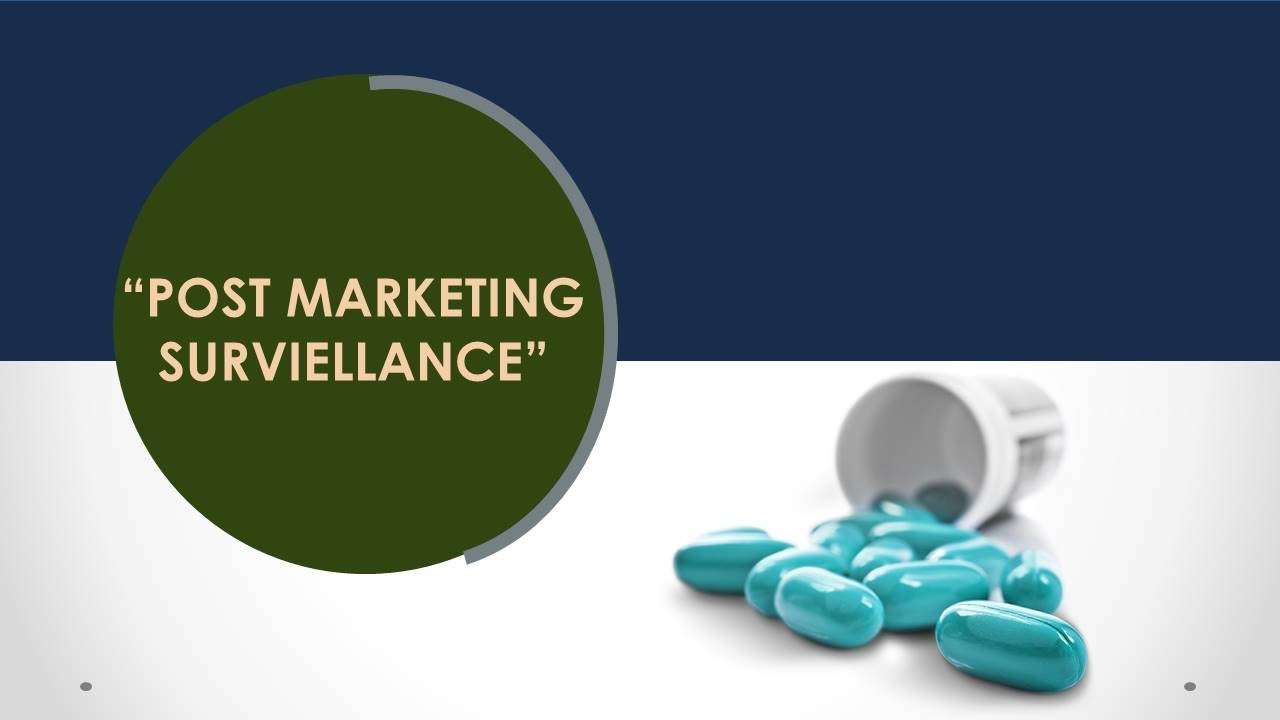Postmarketing surveillance, often referred to as Phase IV studies, is a crucial component of ensuring drug safety and efficacy after a medication has been approved for public use. Here’s a breakdown of what it involves and why it’s important:
Purpose
1. Longterm Safety Monitoring: Even after rigorous preapproval testing, longterm effects or rare adverse reactions may only become apparent once a drug is used by a larger population over a longer period.
2. Effectiveness in the Real World: Preapproval trials often involve controlled conditions that may not reflect realworld use. Postmarketing surveillance helps assess how the drug performs in diverse, everyday settings.
3. Identification of Rare Adverse Effects: Some side effects are so rare that they may not be detected during clinical trials due to the limited number of participants. Postmarketing surveillance helps identify these rare but potentially serious issues.
4. Assessment of Drug Interactions: Drugs can interact in unpredictable ways when taken by individuals who are on multiple medications. Surveillance helps in understanding these interactions better.
Methods
1. Adverse Event Reporting Systems: Patients and healthcare providers are encouraged to report any adverse effects or unexpected issues they encounter. Systems like the FDA's MedWatch in the U.S. or the Yellow Card Scheme in the UK are examples of such reporting tools.
2. Registry Studies: Longterm studies tracking patients who use the drug for various conditions can provide ongoing data on its safety and effectiveness.
3. Electronic Health Records (EHRs): Data from EHRs can be used to monitor drug safety on a large scale, providing insights into realworld use and outcomes.
4. Patient Surveys and Studies: Surveys and observational studies can collect data on patient experiences, including any side effects or issues not previously identified.
Actions Based on Surveillance Data
1. Label Updates: If new safety concerns arise, the drug’s labeling may be updated to include new warnings, contraindications, or dosage recommendations.
2. Risk Management Plans: New strategies or protocols may be developed to mitigate identified risks, including changes in how the drug is prescribed or monitored.
3. Market Withdrawals: In rare cases, if serious risks are identified and cannot be mitigated, a drug may be withdrawn from the market.
4. Additional Research: Sometimes, additional studies are required to better understand the newly identified risks or to investigate potential benefits further.
Challenges
1. Data Quality and Reporting: Ensuring accurate and comprehensive reporting of adverse events can be challenging, as not all incidents are reported or documented thoroughly.
2. Resource Intensity: Conducting thorough postmarketing surveillance requires significant resources, including time, money, and expertise.
3. Regulatory Oversight: Regulatory agencies must balance the need for rigorous monitoring with the need to facilitate access to beneficial drugs.
Conclusion
Postmarketing surveillance is an essential process for safeguarding public health and ensuring that drugs remain safe and effective after they reach the market. It allows for the ongoing assessment and management of drug risks, helps to identify potential problems that may not have been apparent during preapproval trials, and informs necessary regulatory actions to protect patients.
To learn more from related topics, please visit our website or newsletter at https://medipharmsolutions.com/newsletter/


No Comments